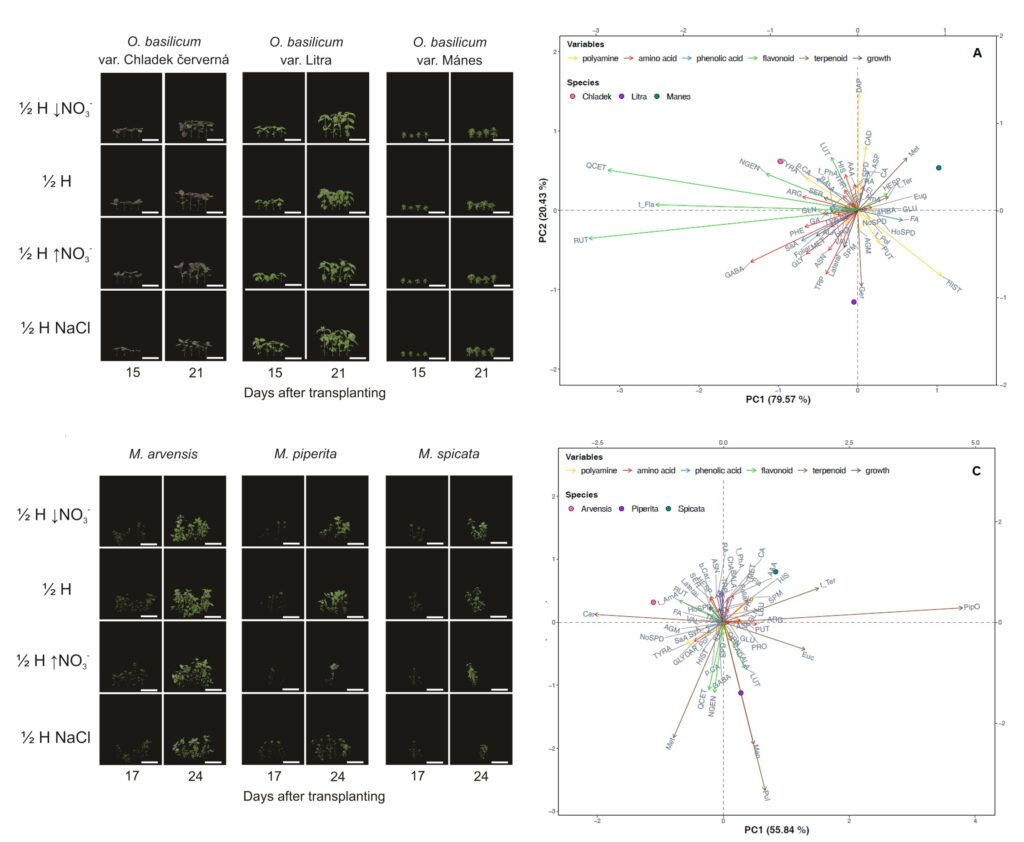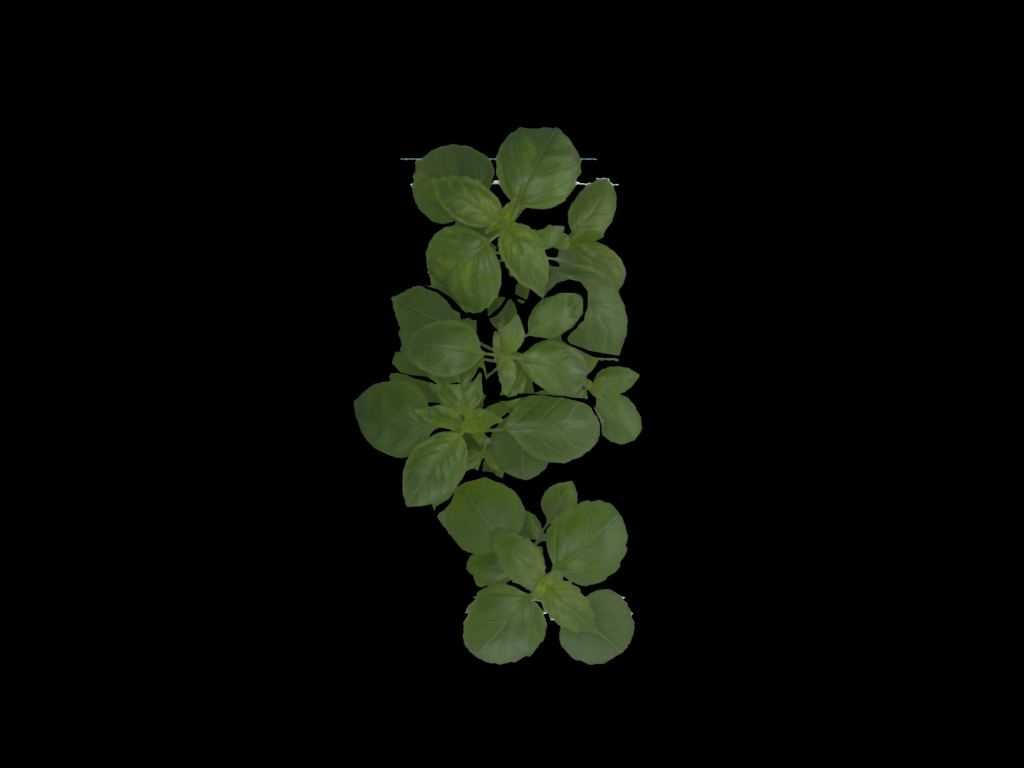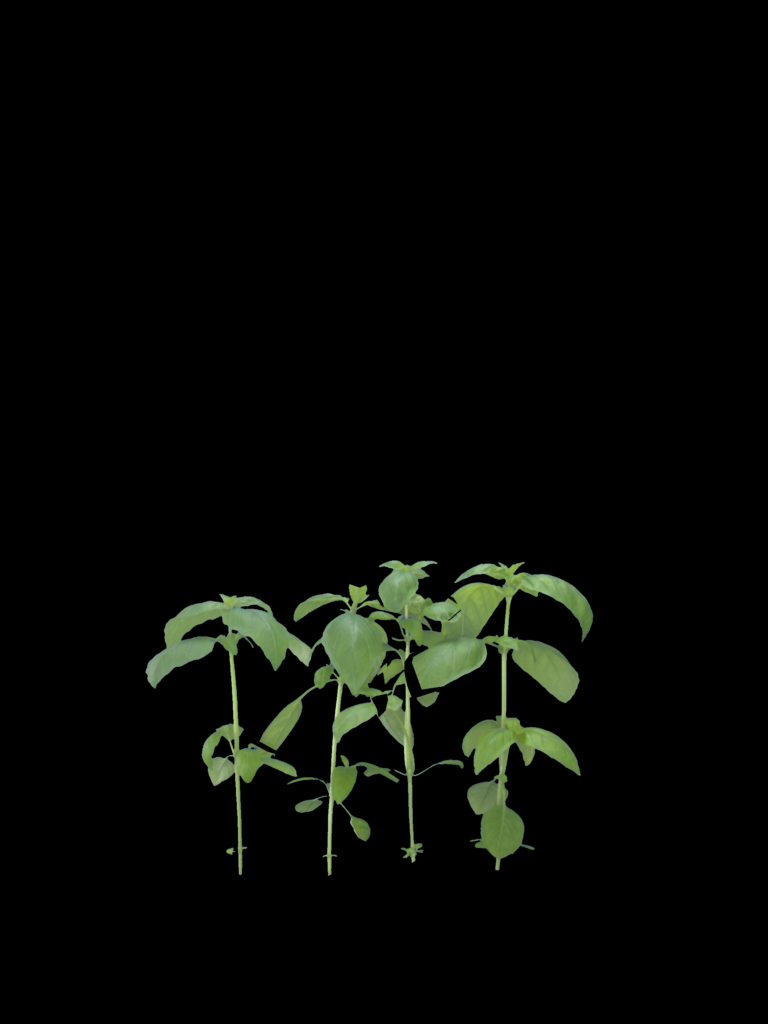Scientists investigated suitable hydroponic growing conditions for mint and basil
The optimal conditions for the hydroponic growing of selected species of mint and basil have been verified by scientists from CATRIN, Palacký University. For these plants, which are important for example in the pharmaceutical and food industry, they looked in particular at the effect of higher levels of nitrates or salt in the soil. They showed that the combination of phenomic and metabolomic methods is essential for identifying the most suitable growing conditions.
“Both mint and basil are multipurpose plants with great economic importance in Europe and the USA. Mentha piperita and M. spicata are key natural ingredients in many pharmaceutical products. Basil is known as a food spice, but is also used in perfumery and in cosmetics for oral hygiene. However, the content and composition of the biologically active substances is highly dependent on the growing conditions. Therefore, we wanted to check which conditions are optimal for their growth. We selected the plant species according to their economic importance, but also according to their morphology,” said Sanja Ćavar Zeljković, the lead author of the paper published in the journal Food Chemistry (Optimizing growing conditions for hydroponic farming of selected medicinal and aromatic plants – ScienceDirect), who also works at the Olomouc branch of Crop Research Institute.

Researchers have found that both basil and mint are very suitable for hydroponic cultivation, where different compositions of growing media can be used. “Our results show that the composition of the growing medium strongly influences the health and quality of the plants. It is also important to mention that the quality of these plants is not only determined by terpenoids and phenylpropanoids, but also by some nitrogen-containing compounds. For example, we have found that some varieties of basil grown in high nitrate conditions or mint grown in the presence of salt accumulate high levels of histamine, which can cause intolerance in some individuals,” explained another member of the author’s team, Nuria De Diego.



In their research, scientists from the Phytochemistry and Phenotyping research groups of CATRIN-CRH joined forces to show that it is the combination of phenomics and metabolomics that is ideal for determining the optimal growing conditions for obtaining high quality and high yield plants. “In addition, this approach allowed us to identify chemical markers associated with these conditions. We have shown that not only secondary metabolites are good markers for the characterization of aromatic plant species, but also that the analysis of some primary metabolites is necessary for the evaluation of plant quality,” added Ćavar Zeljković.
The scientific team plans to conduct similar research on lettuce and peas, especially on Czech and regional varieties.

